Chemistry | Material Science and Engineering
Protons set to power next-generation memory devices
A proton-driven approach that enables multiple ferroelectric phase transitions sets the stage for ultralow power, high-capacity computer chips.

A proton-mediated approach that produces multiple phase transitions in ferroelectric materials could help develop high-performance memory devices, such as brain-inspired, or neuromorphic, computing chips, a KAUST-led international team has found[1].
Ferroelectrics, such as indium selenide, are intrinsically polarized materials that switch polarity when placed in an electric field, which makes them attractive for creating memory technologies. In addition to requiring low operating voltages, the resulting memory devices display excellent maximum read/write endurance and write speeds, but their storage capacity is low. This is because existing methods can only trigger a few ferroelectric phases, and capturing these phases is experimentally challenging, says Xin He, who co-led the study under the guidance of Fei Xue and Xixiang Zhang.

Now, the method devised by the team relies on the protonation of indium selenide to generate a multitude of ferroelectric phases. The researchers incorporated the ferroelectric material in a transistor consisting of a silicon-supported stacked heterostructure for evaluation.
They deposited a multilayered indium selenide film on the heterostructure, which comprised an aluminum oxide insulating sheet sandwiched between a platinum layer at the bottom and porous silica at the top. While the platinum layer served as electrodes for the applied voltage, the porous silica acted as an electrolyte and supplied protons to the ferroelectric film.
The researchers gradually injected or removed protons from the ferroelectric film by changing the applied voltage. This reversibly produced several ferroelectric phases with various degrees of protonation, which is crucial for implementing multilevel memory devices with substantial storage capacity.
Higher positive applied voltages boosted protonation, whereas negative voltages of higher amplitudes depleted protonation levels to a greater extent.
Protonation levels also varied depending on the proximity of the film layer to silica. They reached maximum values in the bottom layer, which was in contact with silica, and decreased in stages to achieve minimum amounts in the top layer.
Unexpectedly, the proton-induced ferroelectric phases returned to their initial state when the applied voltage was turned off. “We observed this unusual phenomenon because protons diffused out of the material and into the silica,” Xue explains.
By manufacturing a film that displayed a smooth and continuous interface with silica, the team obtained a high proton-injection efficiency device that operates below 0.4 volts, which is key for developing low-power memory devices. “Our biggest challenge was to reduce the operating voltage, but we realized that the proton-injection efficiency over the interface governed operating voltages and could be tuned accordingly,” Xue says.
“We are committed to developing ferroelectric neuromorphic computing chips that consume less energy and operate faster,” Xue says.
Reference
- He, X., Ma, Y., Zhang, C., Fu, A., Hu, W., Xu, Y., Yu, B., Liu, K., Wang, H., Zhang, X. & Xue, F. Proton-mediated reversible switching of metastable ferroelectric phases with low operation voltages. Science Advances 9, eadg4561 (2023).| article
You might also like
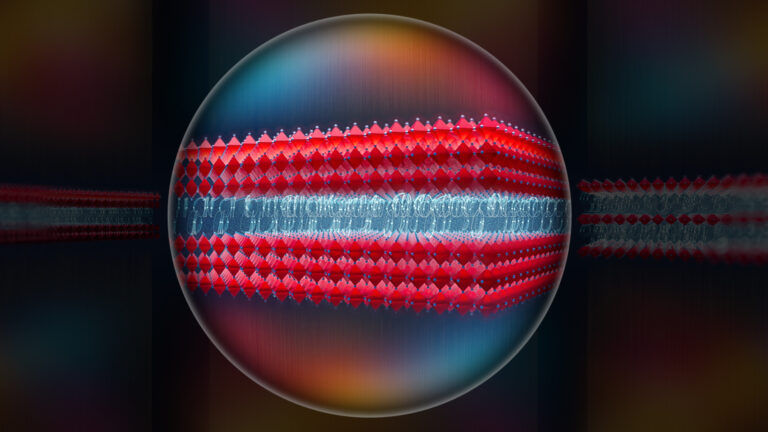
Material Science and Engineering
Electron movie guides design of layered perovskite materials
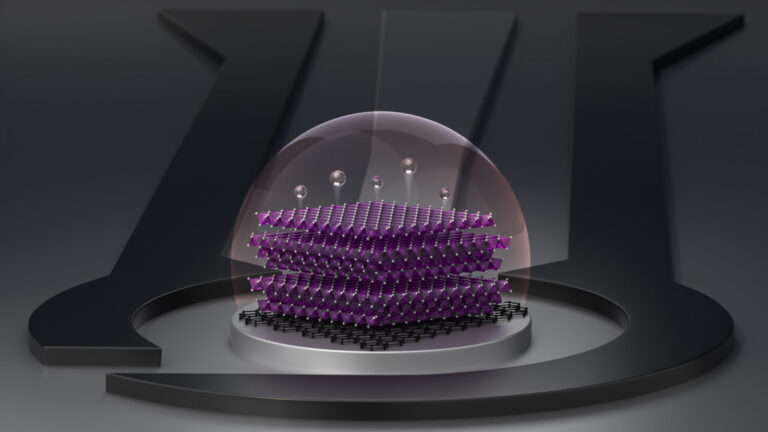
Material Science and Engineering
Remote region sensor for essential vitamin deficiency
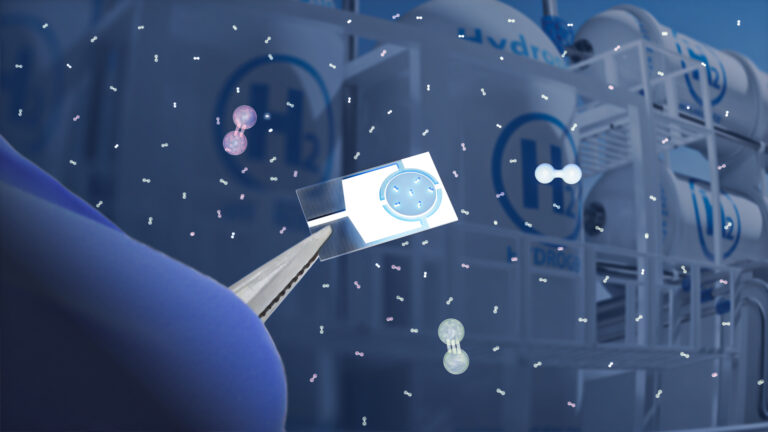
Material Science and Engineering
Low-power hydrogen sensor detects leaks in an instant

Material Science and Engineering
Illuminating pathways to long-lived organic solar cells
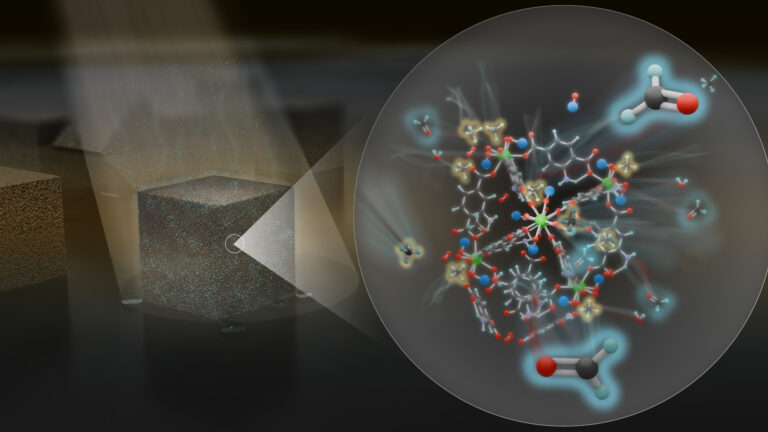
Chemistry
Maximizing methane

Chemistry
Beating the dark current for safer X-ray imaging

Chemical Engineering
Net benefits for advanced materials design
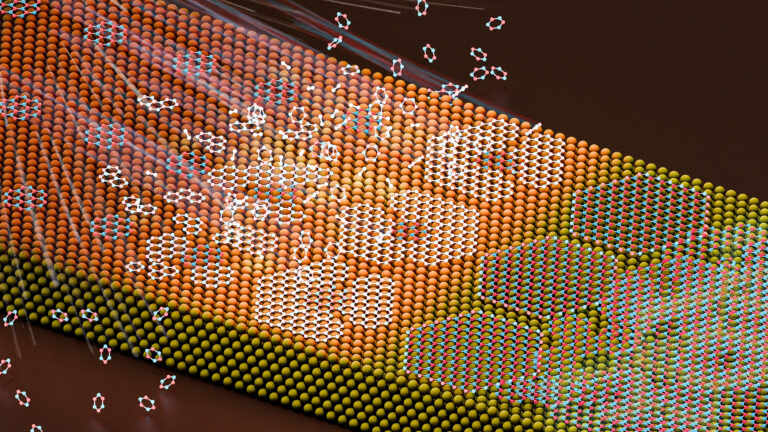
Material Science and Engineering




